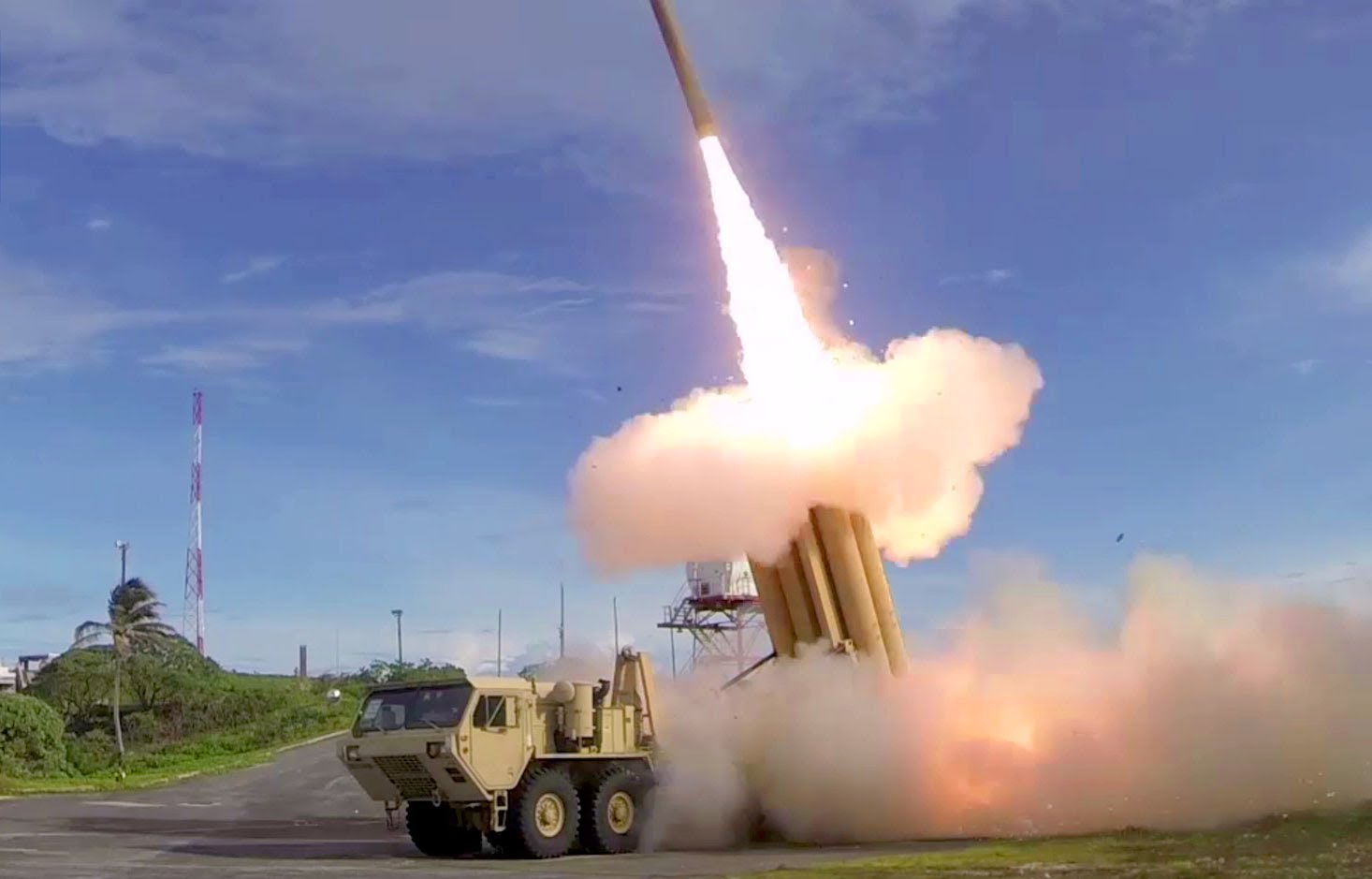China creates MICROWAVE CANNON that can fire high-power microwaves to disable satellites
02/16/2024 / By Richard Brown

Chinese researchers have created an advanced “microwave cannon” that is capable of disrupting satellites using high-power microwaves (HPMs) 68,000 times stronger than the Earth’s magnetic field.
This cutting-edge weapon is augmented by four Stirling engines, ensuring efficient cooling and remarkably low energy consumption compared to similar systems. The microwave cannon can be mounted on a truck, offering exceptional mobility and strategic deployment options for the Chinese military.
The inclusion of Stirling engine technology sets this weapon apart, making it the first of its kind openly revealed to the public.
Led by electronic engineering scientist Xu Ce, the project team highlights that the weapon’s continuous, steady-state magnetic field is exceptionally powerful. Its intensity reaches levels comparable to nearly half of the magnetic field strength generated by the Large Hadron Collider in Europe, emphasizing the technological sophistication achieved by Chinese researchers.
The capability to operate continuously for up to four hours without power degradation enhances the weapon’s practicality, allowing for sustained deployment during longer missions.
The HPM cannon was developed by scientists from the Northwest Institute of Nuclear Technology and the Institute of Electrical Engineering, showcasing China’s advancements in this technology and the nation’s commitment to bolstering its military capabilities and technological prowess on the global stage.
Microwave cannon could lead to breakthroughs in directed-energy weapons technology
The revolutionary HPM weapon marks a significant leap in directed-energy warfare technology. This breakthrough in Stirling engine technology is a game-changer, providing enhanced efficiency and sustainability to the HPM weapon. (Related: China making “dramatic advances” in development of HYPERSONIC WEAPONS.)
Stirling engines efficiently convert thermal energy into mechanical energy, operating as a reverse heat pump. The HPM weapon’s unique design incorporates these engines to boost its cooling properties, making it an energy-efficient and powerful tool.
The ability to emit powerful HPM waves makes this weapon suitable for disrupting various targets, including drones, military aircraft, and satellites.
China claims that this HPM weapon is the world’s first openly reported system based on Stirling engine technology.
The strategic advantage of such a weapon lies in its truck-mountable design, providing mobility and flexibility in deployment. The reduction in energy consumption, approximately one-fifth of existing technologies, aligns with global efforts to develop more sustainable and efficient military systems.
Recent advancements in miniaturization and beam control aim to overcome historical disadvantages associated with HPMs, making them practical in diverse military scenarios.
The compact size and operational efficiency of this Stirling engine-powered HPM weapon position it as a potential asset for future urban warfare situations.
The weapon’s capacity to neutralize electronic systems without causing harm to human life underscores its significance in modern military strategies.
Microwave weapon likely made for use against Taiwan
In an October 2023 article for Think China, Woon Wei Jong highlights Taiwan’s proactive measures in preparing for urban warfare and bolstering its asymmetric warfare capabilities.
The focus includes the acquisition of “mobile, small, portable, and AI-enabled” weaponry, unmanned aerial vehicles (UAVs), and counter-UAV systems.
The Taiwanese military strategically plans to leverage geography, terrain features, urban environments, buildings, and critical infrastructure protection measures within tactical defensive areas. This approach aims to establish layered counter-offensive capabilities and defense-in-depth strategies.
Considering the potential scenario of a Chinese invasion of Taiwan, HPM weapons may emerge as crucial tools.
These weapons could play a vital role in addressing resistance while minimizing collateral damage, a key factor in preventing the hardening of Taiwanese resolve against invading forces.
However, despite the advancements in HPM technology, some experts caution against viewing them as definitive game-changers.
Timothy Heath and other contributors emphasize in a 2023 RAND report that the foundation for a resilient defense lies in strong political leadership, a united and cohesive public, and robust public support for a compelling national cause or ideology.
The report underscores that Taiwan’s ability to withstand China’s aggression in the initial 90 days, before potential U.S. intervention, depends significantly on the strength of its political leadership and social cohesion.
Watch this video discussing the threat posed by microwaves on life on the planet.
This video is from the Make Earth Great Again channel on Brighteon.com.
More related stories:
U.S. Space Force: China and Russia are CONCEALING THREATS posed by their satellites.
Ben Armstrong: China’s balloon launch over Taiwan is a DISTRACTION for surprise attack on America.
80% of new leading research in advanced technological fields COMES FROM CHINA.
Sources include:
Submit a correction >>
Tagged Under:
big government, breakthrough, China, Dangerous, Directed Energy Weapons, EMF, EMP, EMP weapons, future science, future tech, high-power microwave, inventions, microwave cannon, military technology, national security, satellites, Space, Taiwan, weapons technology, WWIII
This article may contain statements that reflect the opinion of the author
RECENT NEWS & ARTICLES
COPYRIGHT © 2017 FUTURETECH.NEWS
All content posted on this site is protected under Free Speech. FutureTech.news is not responsible for content written by contributing authors. The information on this site is provided for educational and entertainment purposes only. It is not intended as a substitute for professional advice of any kind. FutureTech.news assumes no responsibility for the use or misuse of this material. All trademarks, registered trademarks and service marks mentioned on this site are the property of their respective owners.



















